The new version of Canada’s National Building Code (NBC) is set to be unveiled in 2025 with two major changes builders should be aware of.
At the Canada Green Building Council’s (CaGBC) 2023 Building Lasting Change conference in Vancouver, Iain MacDonald, senior research officer with the National Research Council (NRC), addressed the changes and challenges drafters of the 2025 code are considering.
The two major changes coming to the code is the introduction of technical requirements for existing building stock and the inclusion of GHG emissions.
Regarding requirements for existing buildings, MacDonald noted there are many local governments that already have such regulations, but this will be the first national policy addressing the efficiency of existing buildings.
He noted the inclusion of GHGs in the building code is a “really large change.”
“Because not only does this involve developing the technical requirements that every single new building will have to meet but there’s also policy changes associated with that,” said MacDonald.
The 2025 code will contain standards for operational GHG emissions and the 2030 code is expected to have embodied carbon requirements.
MacDonald said one of the main challenges when developing national standards is each province and locality has a unique make-up of energy dependence.
This becomes complex when considering what area of decarbonization to tackle first: carbon reductions for buildings or improvements to the clean energy grid.
“Do we need to do all the carbon reduction and electrification first for all these buildings and then all the grids? Maybe, maybe not.”
The answer seemingly lies in building some form of flexibility into the code.
“The solution that we’re trying to develop on the technical side is to enable that at a national level so that it’s adoptable across all the provinces and territories regardless of where they are coming from.”
The NRC is looking to decarbonize Canadian construction “at-scale” and MacDonald noted it’s an all-hands-on-deck situation.
“It’s so large that there’s more than enough work to go around and collaboration is really key at this point to actually achieving significant steps forward here,” MacDonald said.
“’At scale’ is the key word here. I’m sure pretty much everybody in this room has had an excellent low energy and low carbon project, but lots of these projects are one-offs. How do we make this commonplace? What are the remaining barriers?”
MacDonald said the NRC has been focused on removing barriers for low energy retrofit projects and implementing carbon evaluation. He also said there is a strong focus on ensuring key supply chains are robust before regulations are implemented.
“We can’t regulate if the supply chains aren’t in place,” he said.
While Canada gets ready to introduce its new NBC, the U.S. Green Building Council (USGBC) is focusing on developing the next version of LEED standards.
Peter Templeton, USGBC’s president and CEO, said the future of decarbonization through LEED will touch on all aspects of the industry.
“We want to make sure that this isn’t just a conversation around energy or the transition from fossil fuels, but also addresses how it is that we mitigate GHG emissions across the board through all of the activities that we influence as builders, as designers and occupants of buildings,” said Templeton.
The USGBC has a head start on standards for new construction and major renovations as those were the first two categories targeted by the original LEED version nearly 30 years ago.
Templeton also noted the importance of addressing embodied carbon and existing structures.
But he emphasized the next phase of LEED is aiming to encapsulate as many of the sources of emissions within the industry as possible.
This means working on how owners like municipalities and private businesses manage their properties from a public and internal policy perspective and continued focus on reducing water and energy use for buildings.
“We want to make sure that the energy-water nexus continues to be a focus. We have a recent study from the University of California Berkley that has shown that LEED projects are actually reducing the impacts of carbon emissions related to water use by over 50 per cent,” Templeton said.
“We want to continue to push in that direction.”
The USGBC is also trying to ensure its approach promotes the development of clean and renewable energies.
“We also continue to be focused on transit-oriented developments, mitigating the impacts of transport on the environment and particularly GHG emissions, and low carbon in construction materials and practices.
“I want to make sure folks understand the scope, that we are looking at everything from construction practices to construction equipment all the way through material selection.”


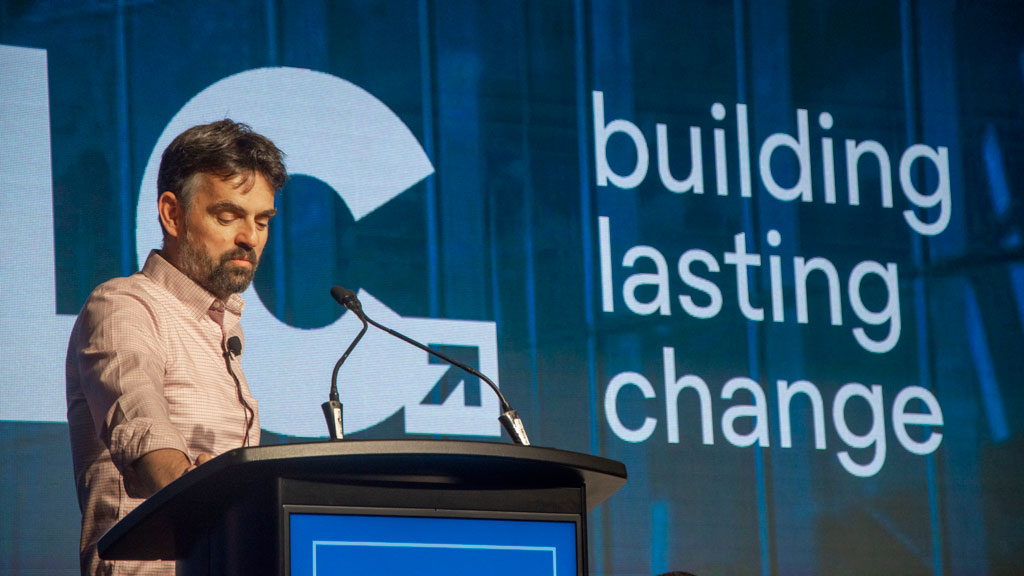

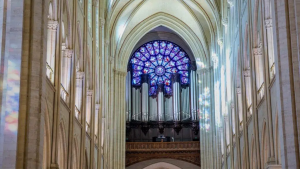
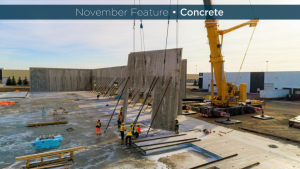

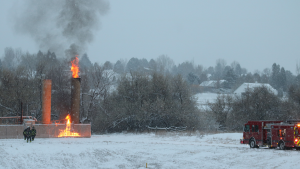
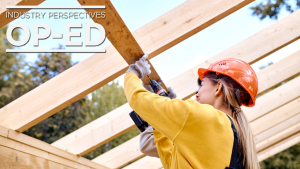

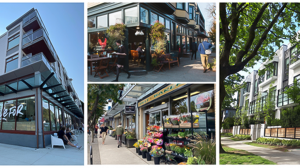
GDS should include making all new homes “EV Ready ” with a 240v/40a circuit to the garage or parking area. Ideally this should include MURBs too.